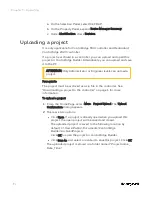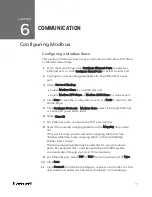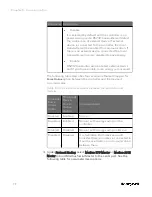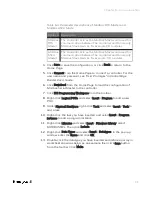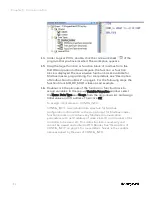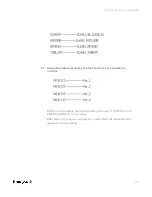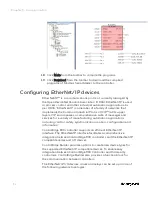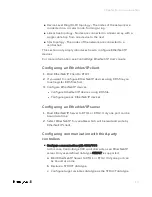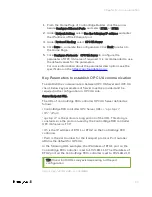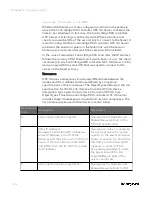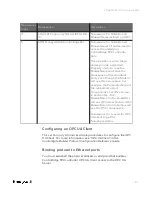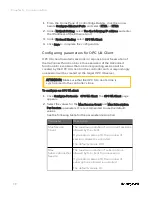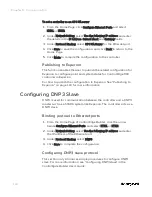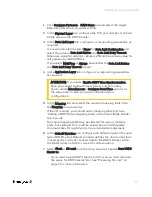
93
n
Device Level Ring (DLR) topology - The nodes of the network are
connected in a circular mode, forming a ring.
n
Linear bus topology - Nodes are connected in a linear array, with a
single cable hop from one device to the next.
n
Star topology - The nodes of the network are connected to a
central hub.
This section only simply introduces how to configure EtherNet/IP
devices.
For more information, see
ControlEdge EtherNet/IP User's Guide
.
Configuring an EtherNet/IP client
1.
Bind EtherNet/IP Client to ETH3.
2.
If you want to configure EtherNet/IP devices using EDS file, you
must register EDS files first.
3.
Configure EtherNet/IP devices.
l
Configure EtherNet/IP devices using EDS file.
l
Configure generic EtherNet/IP devices.
Configuring an EtherNet/IP server
1.
Bind EtherNet/IP Server to ETH1 or ETH2. Only one port can be
bound at a time.
2.
Select EtherNet/IP for variables which will be read and write by
EtherNet/IP client.
Configuring communication with third-party
controllers
n
Configure communication with C300/UOC
In this case, ControlEdge 900 controller acts as an EtherNet/IP
server. Only user-defined data type
STRUCT
is supported.
a.
Bind EtherNet/IP Server to ETH1 or ETH2. Only one port can
be bound at a time.
b.
Declare a STRUCT data type.
c.
Configure target variables data type as the STRUCT data type.
Chapter 6 - Communication
Summary of Contents for ControlEdge 2020 SC-TEPL01
Page 28: ...Figure 3 8 Single star topology 28 Chapter 3 Hardware ...
Page 40: ...40 Chapter 3 Hardware ...
Page 66: ...66 Chapter 4 Software ...
Page 114: ...114 Chapter 6 Communication ...
Page 126: ...126 Notices ...




